Introduction: Top Criminal Case In India 2025
The year 2025 has proven to be a turbulent chapter in India’s criminal justice narrative. With surging cyber frauds, political violence, real estate-linked murders, and institutional complicity coming to the fore, the nation finds itself at the crossroads of legality and lawlessness. Each case represents not just a breakdown in security, but also a story of social tension, state power, or systemic vulnerability.
This report from The Vue Times is an in-depth summary of the top criminal cases that have defined India in 2025 so far. It offers context, not just coverage, so that readers can understand not just what happened, but why it matters.
1. The Bengaluru Land Mafia Murder: BJP MLA Accused in Cold-Blooded Killing
Case Overview:
On July 15, 2025, Bengaluru witnessed one of its most brazen killings in recent memory. Shivakumar alias Biklu Shiva, a man with a criminal background and a vocal land rights whistleblower, was hacked to death outside his home near Halasuru Lake. But what truly stunned the nation was the allegation that a sitting BJP MLA, Byrathi Basavaraj, was behind the crime.
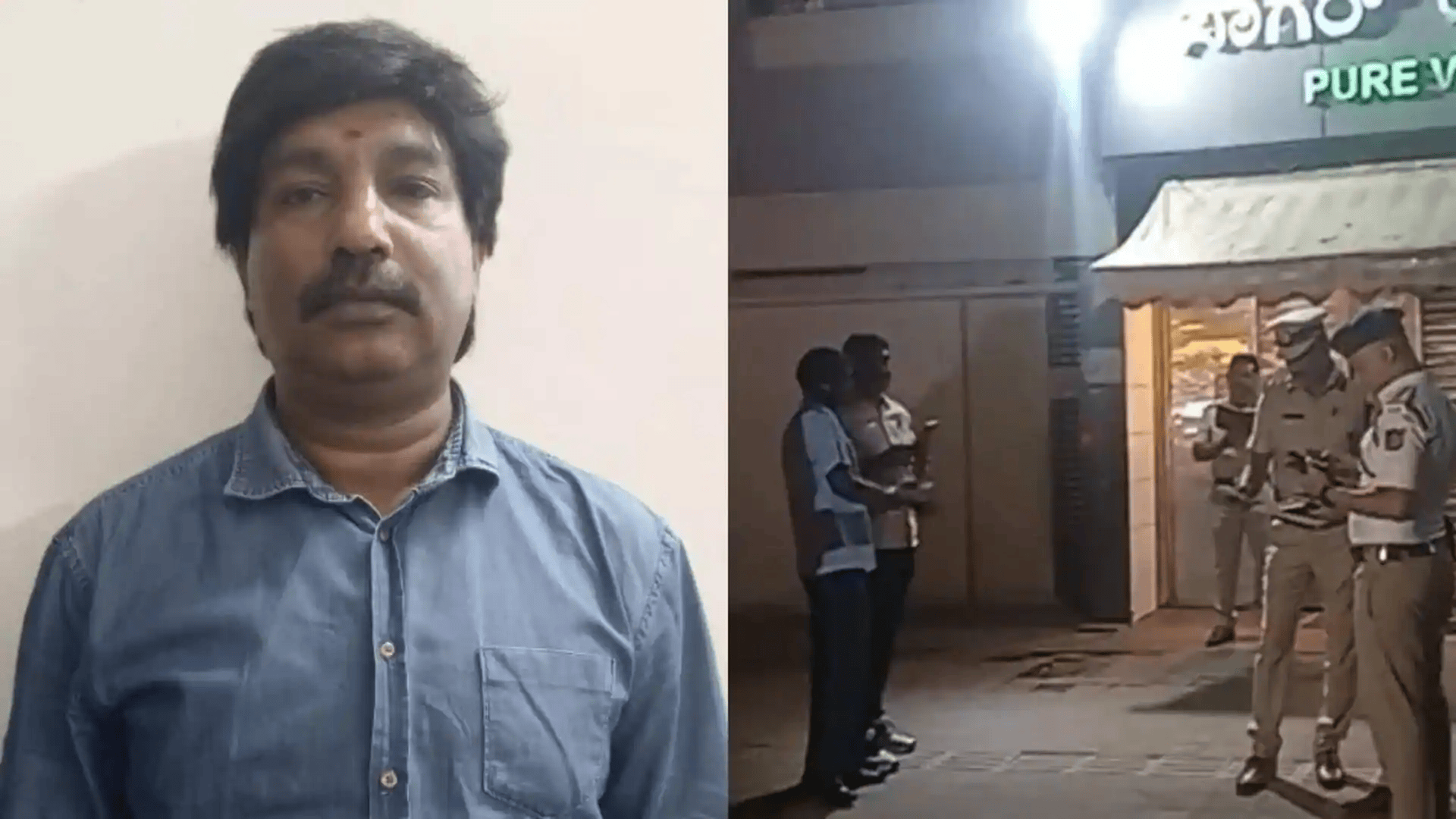
Key Allegations:
According to an FIR filed by Shivu’s mother, the murder was not random. It was the culmination of months of threats from a powerful real estate-political nexus. Shivu had previously written to the Bengaluru Police Commissioner in a detailed letter alleging that Basavaraj and his associates Jagadish and Kiran were attempting to forcibly take over his real estate properties.
The letter stated that:
- He was being threatened and extorted into surrendering his land.
- The MLA’s nephew and aide had criminal records, which were wiped clean via political interference.
- There was a pattern of land grabbing in Bengaluru East, where political muscle was used to silence dissent.
Shivu explicitly warned the police: “If anything happens to me, they are responsible.” That warning turned prophetic.
Political Fallout:
The FIR directly naming a sitting BJP MLA created a media storm. Opposition parties demanded the MLA’s arrest and a judicial probe, while the BJP remained largely silent. Legal experts raised alarms over the systemic failure how a man who foresaw his own murder was left unprotected despite formal complaints.
This case has since become emblematic of the rising nexus between politics and land mafias in India’s fast-growing cities.
Status (As of July 2025):
The FIR remains active, with five attackers still being tracked. The MLA has not been arrested but is under investigation. Shivu’s family has been given police protection.
2. The ₹1,200 Crore HDFC Bank Fraud: Corporate Collusion or Institutional Oversight?
Case Overview:
In early March 2025, Mumbai’s financial district was rocked by revelations of a massive ₹1,200 crore bank fraud targeting HDFC Bank. The alleged mastermind, Rajiv Malhotra, a well-connected entrepreneur from Navi Mumbai, used forged Letters of Credit (LoCs), fake import-export documents, and shell companies to siphon funds over a period of three years.

What distinguishes this case from traditional banking frauds is the depth of institutional complicity. Investigations revealed that mid-level bank officials may have colluded in exchange for bribes, allowing fraudulent loan approvals to pass internal checks.
Modus Operandi:
- Fake companies were set up in Singapore and Dubai to pose as trading partners.
- Doctored invoices were submitted for non-existent imports of electronics and medical devices.
- Letters of Credit were used to guarantee payment, which HDFC honored, thinking the deals were legitimate.
- Funds were rerouted through multiple layers of foreign accounts and eventually invested into luxury real estate, cryptocurrencies, and gold.
Wider Implications:
The scandal has raised critical questions about the robustness of due diligence protocols in India’s top private banks. Experts are comparing this case to the infamous PNB-Nirav Modi scam of 2018.
In Parliament, opposition leaders questioned how such a massive fraud went undetected in an era of AI-based KYC and data auditing. The Reserve Bank of India has launched a special audit into HDFC’s internal controls.
Status (As of July 2025):
Rajiv Malhotra is in judicial custody. Six HDFC Bank employees have been suspended, and the bank is cooperating with the Enforcement Directorate (ED) and CBI. Asset recovery proceedings are underway.
3. The Jamtara 2.0 Sextortion Network: AI, Deepfakes, and Digital Blackmail
Case Overview:
In April 2025, the Mumbai Cyber Cell cracked a nationwide sextortion racket operated from Jamtara, Jharkhand already infamous for cybercrime. But this wasn’t the old phishing model. This was Jamtara 2.0, powered by AI-generated faces, deepfake technology, and location-masked apps.

Thousands of victims including students, businessmen, and civil servants were blackmailed using fake video calls and deepfake nudes created from social media photos. Extortion ranged from ₹5,000 to over ₹10 lakh.
Key Innovations in the Crime:
- AI tools like DeepNude, FaceSwap AI, and Reface were misused to clone victims’ faces.
- Scammers posed as attractive women on dating apps, lured victims into video calls, and then switched to pre-recorded explicit content.
- The victims’ faces were inserted into the content using AI-powered facial morphing, and screenshots were sent with threats to expose them to family, employers, or on social media.
- Most payments were demanded in UPI or crypto wallets, instantly routed through money mules.
Crackdown & Arrests:
The Cyber Cell arrested 19 individuals, all between the ages of 17 and 25, many of whom were school dropouts trained in AI tools via Telegram and YouTube. The operation also involved interstate coordination with cyber units in Delhi, Gujarat, Tamil Nadu, and Karnataka.
Status (As of July 2025):
Multiple FIRs are active across five states. Over ₹3 crore in fraudulently earned assets have been frozen. A national awareness campaign on deepfake risks is being rolled out by CERT-In and NCW (National Commission for Women).
4. Shraddha Walker Echo in Pune: The Chilling Deep-Freezer Murder Case
Case Overview:
In January 2025, Pune Police uncovered a gruesome murder where Sneha Khedekar, a 27-year-old woman, was allegedly murdered by her live-in partner Ankit Suri, a software engineer. The chilling part: her dismembered body was found in a deep freezer, just like the Shraddha Walker case of 2022 in Delhi.
Sneha had filed a domestic violence complaint months earlier, but no FIR was filed due to lack of “evidence of imminent danger.” She had told friends that Ankit was controlling, verbally abusive, and had threatened her life.
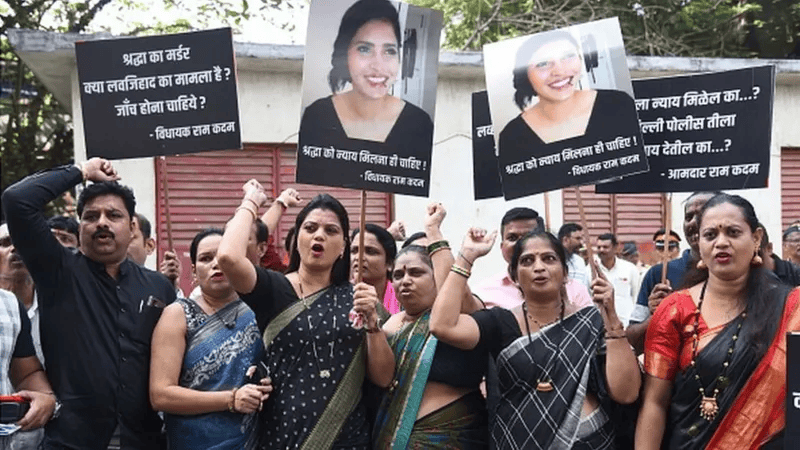
Post-Murder Events:
- Neighbors complained of a foul smell, prompting police to raid the flat.
- Forensic teams found plastic-wrapped remains in a 180-liter freezer, bloodstains hidden under carpet tiles, and a hacksaw.
- CCTV revealed Ankit shopping alone for cleaning supplies and a freezer two days after Sneha went missing.
Legal & Social Debate:
This case reignited the debate around intimate partner violence, women’s safety laws, and police apathy. It exposed the failure of local police stations in treating domestic complaints with urgency even when prior history existed.
Women’s rights groups called for mandatory FIR registration in all domestic abuse cases and a registry of repeat offenders.
Status (As of July 2025):
Ankit is under trial, charged under IPC 302 (murder), 201 (destruction of evidence), and 498A (cruelty). Sneha’s family is pressing for a fast-track court hearing.
5. AI-171 Air India Crash: The Truth Beneath the Tarmac
Case Overview:
On February 28, 2025, Air India Flight AI-171, operating on the Frankfurt–Mumbai route, tragically crashed during final approach to Chhatrapati Shivaji Maharaj International Airport. The flight, carrying 173 passengers and crew, broke apart after a hard landing caused its landing gear to collapse, leading to a catastrophic fire.
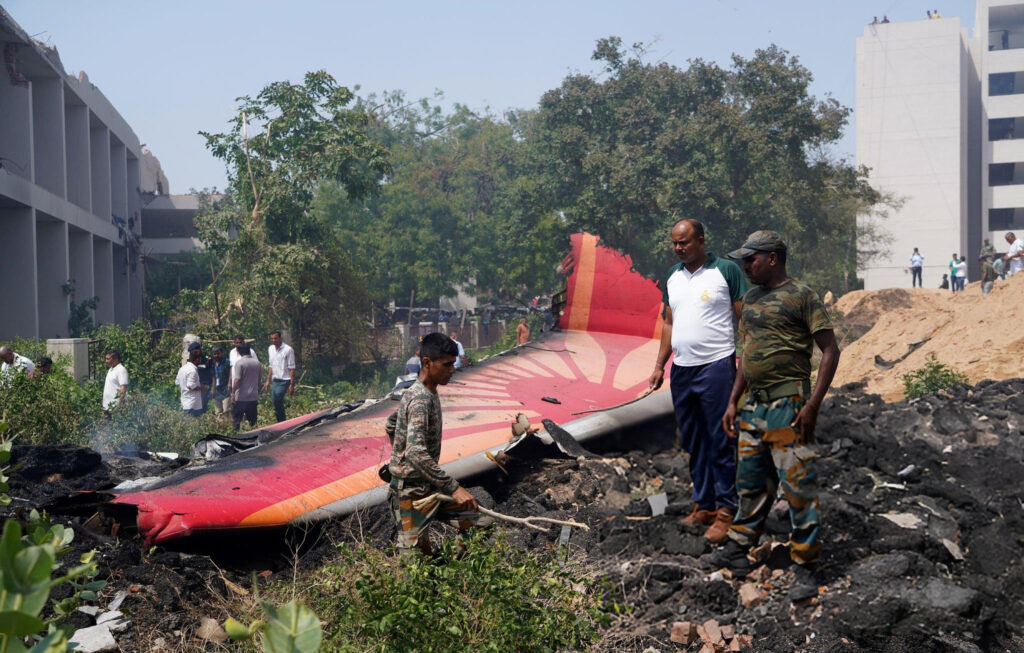
Initial reports described it as a “technical failure”, but investigations soon revealed a deeper, disturbing truth one involving ignored safety protocols, undertrained ground staff, and possible cover-ups.
Investigative Findings:
- The AAIB (Aircraft Accident Investigation Bureau) launched a five-member panel.
- Whistleblower reports revealed critical pre-landing gear issues that were flagged but overridden in the cockpit log.
- Several passengers said oxygen masks failed during descent, suggesting internal cabin pressure anomalies.
- Sources from within Air India later alleged that cost-cutting had reduced simulator training hours for senior pilots.
Political and Legal Fallout:
The incident triggered a national debate on aviation safety under privatization, especially with Tata’s new management of Air India. Opposition MPs called for a parliamentary probe, citing the surge in “technical snags” post-takeover.
A PIL was filed in the Bombay High Court demanding action against DGCA and senior Air India officials for negligence.
Status (As of July 2025):
The final AAIB report is pending. Compensation to victims’ families is ongoing. Pilot records and Air India’s training logs are now under audit by the Ministry of Civil Aviation.
6. Political Violence in Malda: Death at the Ballot Box
Case Overview:
In April 2025, West Bengal’s Malda district became the epicenter of brutal political violence during the Panchayat elections. A TMC (Trinamool Congress) leader, Aftab Sheikh, was killed in broad daylight allegedly by rival political workers belonging to a local BJP-backed faction.
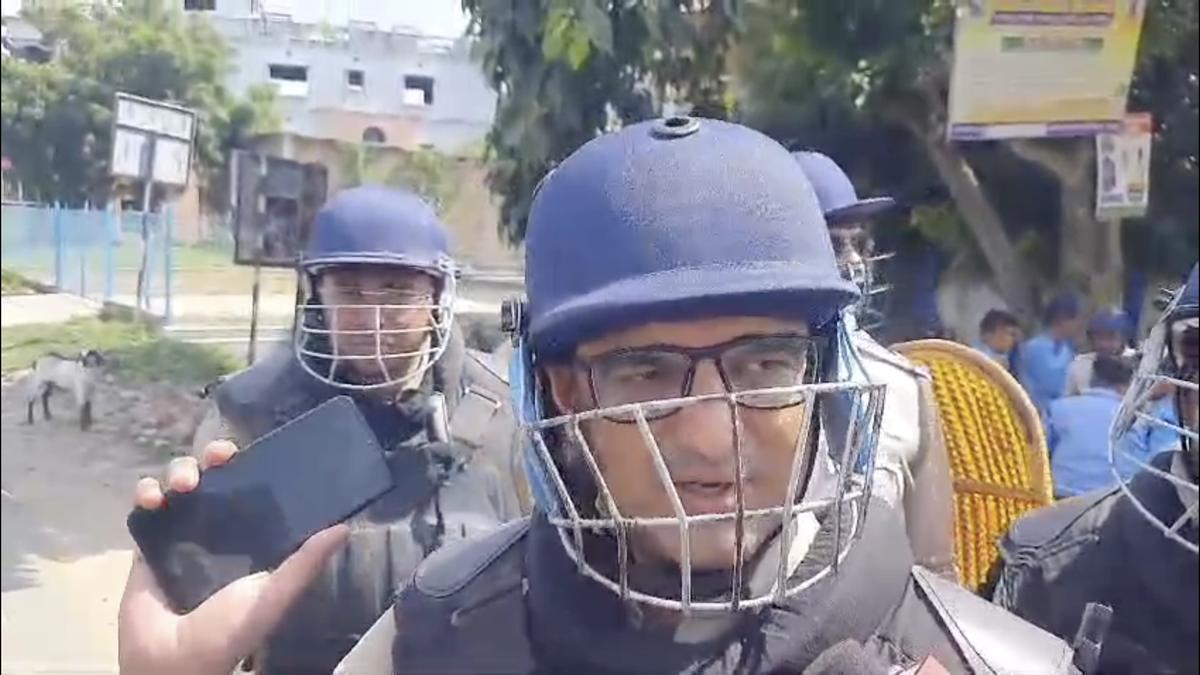
Witnesses reported that masked men attacked Aftab while he was escorting polling officers. The attackers were armed with country-made weapons and fled the scene amid a crowd of onlookers.
The Deeper Context:
Political killings during panchayat elections have plagued West Bengal for years, but what made this case significant was:
- It was live-streamed on Facebook by a bystander before being taken down.
- It exposed deep local rivalries, with allegations that law enforcement was instructed to “stand down.”
- The local police station refused to lodge an FIR for 16 hours, despite video evidence.
Political Repercussions:
The death drew national outrage. TMC called it a “BJP-engineered murder,” while BJP claimed it was an internal fallout within TMC. Civil society groups demanded deployment of central forces during rural polls to curb bloodshed.
Status (As of July 2025):
Six individuals have been arrested; two are absconding. An SIT (Special Investigation Team) has been formed, and the Election Commission is reviewing deployment policies.
7. India’s Largest Crypto Ponzi Scheme: The 'Digital Gurukul' Scam
Case Overview:
In May 2025, authorities busted a Ponzi scheme that duped over 45,000 investors across India under the guise of a blockchain “education and trading” platform named Digital Gurukul. The company promised guaranteed 20% monthly returns on crypto investments, packaged under “financial literacy” workshops held in Bengaluru, Pune, and Ahmedabad.

The Modus Operandi:
- Founders hosted seminars in five-star hotels, flaunting Lamborghinis, Rolex watches, and foreign holidays to lure investors.
- They created an in-house crypto token called “DGXCoin”, falsely claiming it was recognized by SEBI and listed on international exchanges.
- Most victims were middle-class tech workers, teachers, and students trying to supplement their income post-COVID.
When withdrawal delays began, a few investors launched a Telegram whistleblower group. Investigative journalists exposed fake whitepapers, testimonials from hired actors, and offshore accounts routed through Dubai and Singapore.
Authorities Step In:
- ED froze assets worth ₹180 crore.
- SEBI issued a public advisory and began coordination with Interpol to track missing founders.
- The founders Nitesh Rao and Mahima Batra were caught attempting to flee India with forged diplomatic passports.
Status (As of July 2025):
The trial is ongoing. Victims are demanding restitution, and DGXCoin has been delisted globally. A proposed Crypto Consumer Protection Bill is now under parliamentary debate.
8. The Bikaner Custodial Death Case: Torture Behind Locked Doors
Case Overview:
In February 2025, 17-year-old Lakhan Meghwal, a Dalit youth from a small village in Bikaner, Rajasthan, died in police custody just 48 hours after being picked up on suspicion of theft. The official cause of death was listed as “cardiac arrest,” but images leaked by a constable told a different story: bruises, swelling, and bleeding from the ears and nose.
The case exploded into a state-wide protest movement against custodial violence and caste-based policing.
Sequence of Events:
- Lakhan was detained without an arrest memo or legal guardian informed.
- No FIR was filed before his death, violating all norms of legal detention.
- His family alleged that he was beaten with belts and rods in an attempt to force a confession.
- Post-mortem reports confirmed blunt trauma injuries and internal bleeding.
Social & Legal Reactions:
The incident reignited national anger over custodial deaths in India, with over 180 such deaths reported in 2024 alone, many involving marginalised communities.
The National Commission for Scheduled Castes (NCSC) visited the family. Dalit organizations called for SC/ST Act provisions to be invoked and demanded the dismissal of the SP and SHO.
Human rights groups are pushing for bodycam mandates, time-stamped CCTV monitoring, and independent custodial death investigations via judicial panels.
Status (As of July 2025):
Two constables have been arrested. The SHO has been transferred. The Rajasthan government has announced a ₹25 lakh compensation package, but no one from the higher command structure has been held criminally liable yet.
9. The Deepfake Suicide Trap: A Gujarat Student’s Tragedy
Case Overview:
In March 2025, 19-year-old Devansh Patel, an engineering student from Surat, died by suicide after being blackmailed with AI-generated nude images of himself. The perpetrators had harvested his photos from Instagram, used deepfake tools to morph them onto pornographic images, and demanded ₹50,000 or they would release them to his family and college.
Devansh left behind a suicide note and email trail, exposing what is now one of India’s most horrifying AI-enabled cyberbullying cases.
How It Happened:
- A fake Instagram account followed him, initiating friendly chats and requesting selfies.
- Using those photos, the attackers generated explicit images and emailed them under multiple aliases.
- When Devansh failed to pay, one image was leaked to a college WhatsApp group, prompting immense emotional trauma.
Why It’s a Wake-Up Call:
This case showcased how accessible and dangerous deepfake tech has become, especially in targeting vulnerable teens. The NCW and state cyber cells now classify deepfake blackmail as a psychological weapon, with calls to introduce new IPC sections for AI-generated crimes.
Digital safety advocates have demanded stricter verification on platforms like Instagram, Telegram, and Discord where many of these predators operate.
Status (As of July 2025):
Three suspects have been arrested from Ghaziabad, Jharkhand, and Mumbai. Devansh’s family has initiated a legal petition in the Gujarat High Court demanding stronger laws and compensation for tech-induced cyberbullying victims.
10. The ₹900 Crore Coal Laundering Case: Odisha’s Mining Scandal
Case Overview:
In April 2025, the Enforcement Directorate (ED) uncovered a massive ₹900 crore money laundering racket involving forged coal transport documents, ghost truck shipments, and kickbacks routed through shell companies linked to Odisha Mining Corporation (OMC) contractors.
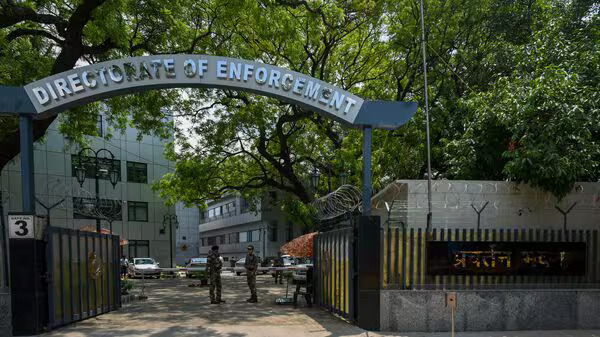
At the center of it was Ajay Pradhan, a mid-level executive, who used his access to mining contracts, weight slips, and transport permits to create a network of fake shipments that never left the mines but were billed and reimbursed.
Key Revelations:
- Over 3,000 “ghost trucks” were listed transporting coal that never moved.
- Shell companies received payment for environmental compliance, which was never executed.
- The money was siphoned to luxury assets in Dubai, Singapore, and Bangkok, and partially invested in political campaigns during the 2024 general elections.
Political Ties:
This case cast a shadow over the state’s ruling party, which allegedly benefited from illegal donations. While the CM distanced himself, ED records show that political middlemen helped launder funds through NGOs and infrastructure contracts.
This case has also uncovered potential federal collusion, prompting calls for a Joint Parliamentary Committee (JPC) investigation.
Status (As of July 2025):
Ajay Pradhan and five others are in ED custody. ₹200 crore in assets have been seized, including flats, luxury cars, and foreign accounts. Investigations are expanding into state revenue officers and former mining secretaries.
11. Gurugram Flood Tragedy: Poor Urban Planning Turns Fatal
Case Overview:
In July 2025, unprecedented flash floods struck Gurugram, resulting in 8 deaths, dozens of injuries, and the displacement of over 2,000 residents. But it wasn’t just nature. Investigations revealed that these deaths were caused by urban negligence, illegal constructions, and corrupt zoning practices.
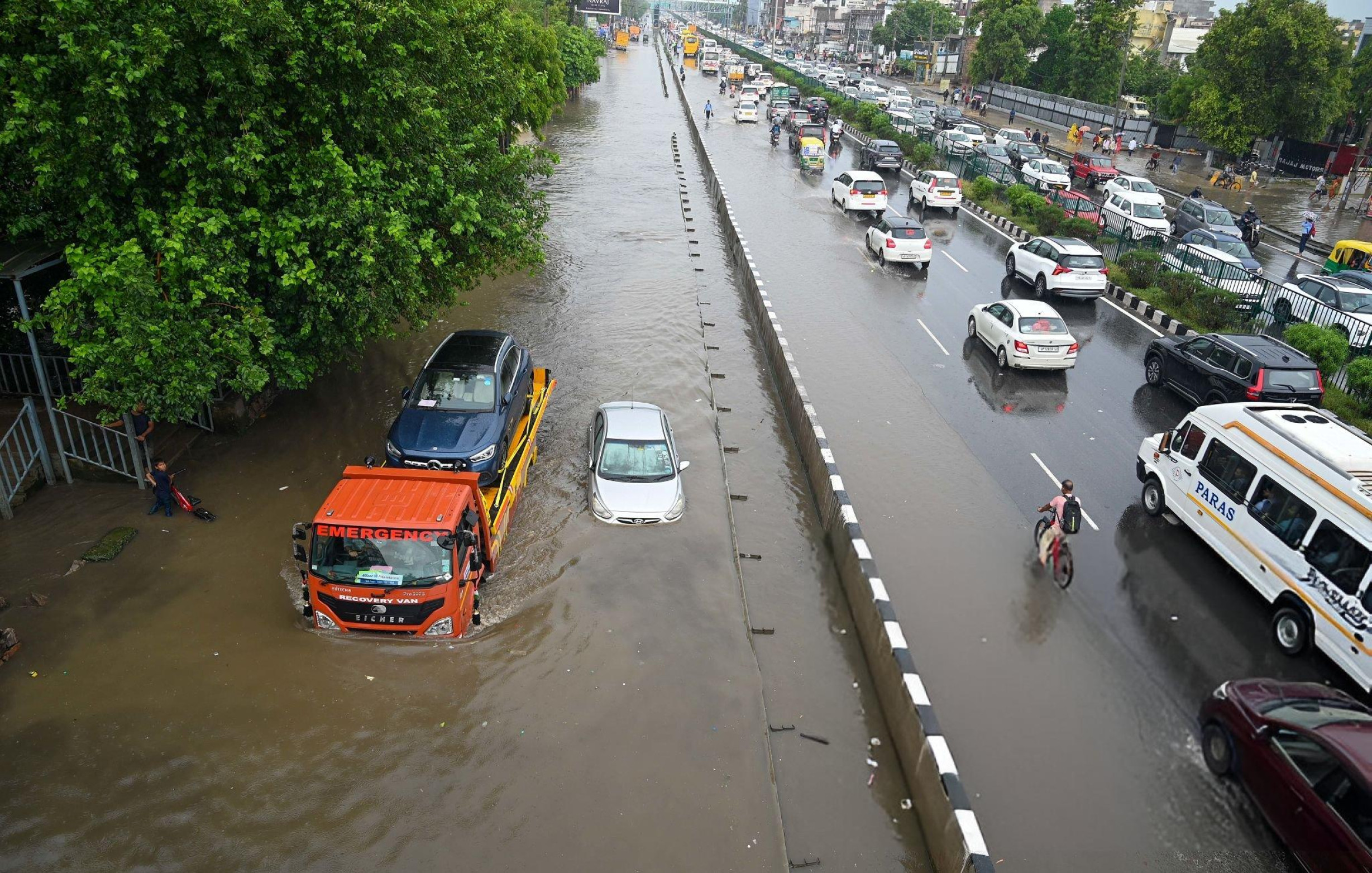
The worst-affected areas Sector 57, Golf Course Extension Road, and Palam Vihar had blocked drainage networks and construction on natural water bodies, despite repeated warnings.
More Read
Who’s to Blame:
- MCG officials were found issuing “special licenses” to high-end real estate developers who built on nullahs and stormwater drains.
- The NHAI delayed completion of a key storm channel project for over two years.
- A Gurugram-based RTI activist released documents showing that 2022 audit reports had flagged flood vulnerability, but no action was taken.
Political Response:
State ministers dismissed the event as “climate-related,” prompting public fury. Citizens organized a “Waterlogged Walkout” protest, demanding arrests and resignations.
National urban planners now cite Gurugram as a case study of elite capture, weak environmental enforcement, and privatized risk in Indian cities.
Status (As of July 2025):
A high-level state inquiry is ongoing. Two senior MCG officers are suspended. Victims’ families have filed a Public Interest Litigation (PIL) in the Punjab and Haryana High Court seeking accountability.
In The End, What We Conclude
India in 2025 is not just facing crime, it’s facing complex, networked, multi-dimensional criminal systems that fuse politics, technology, social control, and financial greed. Whether it’s AI blackmailers or real estate mafias, financial fraud or custodial killings, each case here reveals the fractures and loopholes that criminals exploit.
But these stories also signal the awakening of journalism, civil activism, and judicial oversight. As India grows, how we respond to crime may define our democracy more than how we report it.










